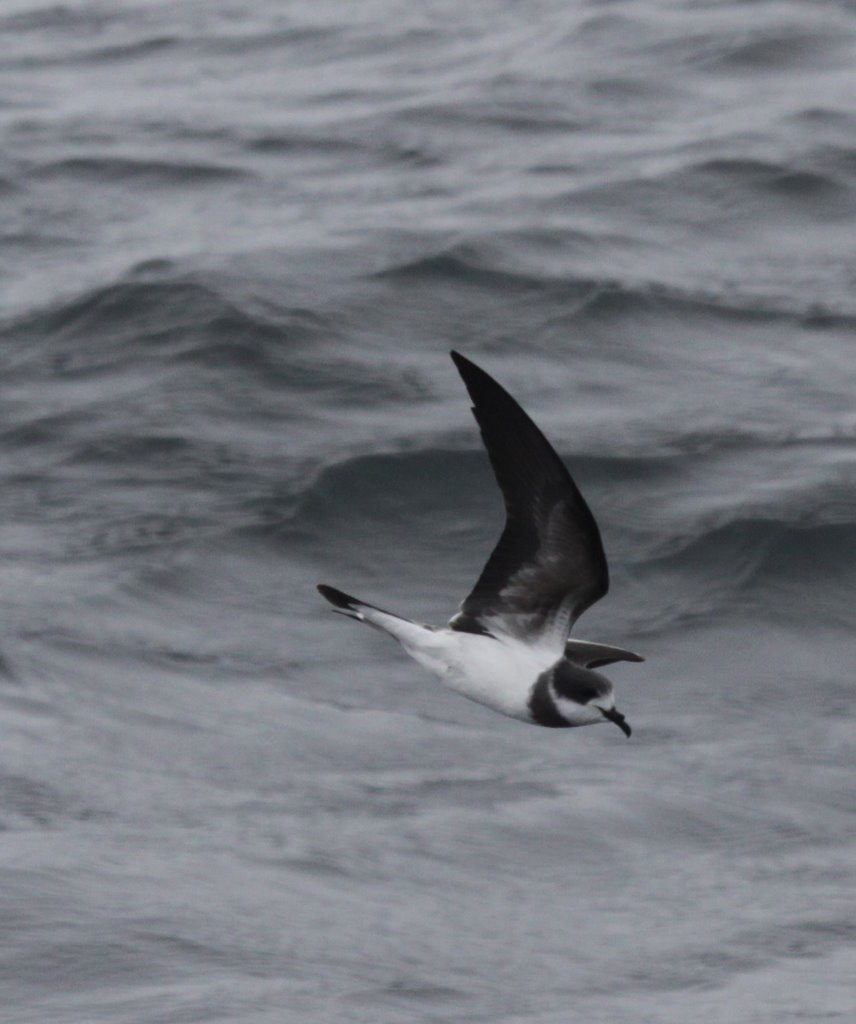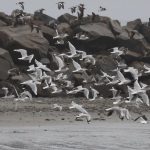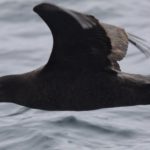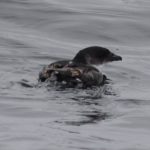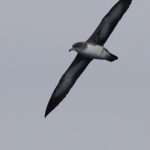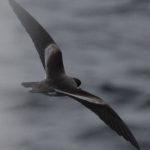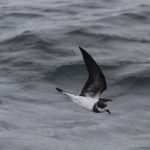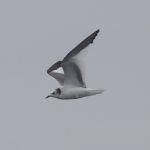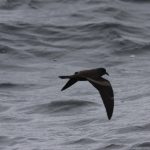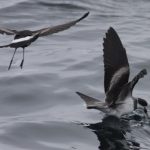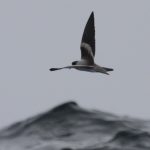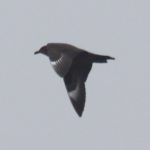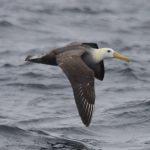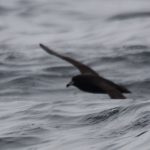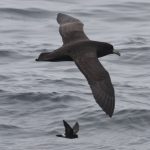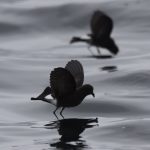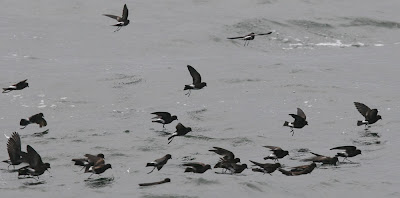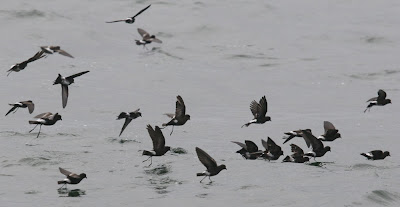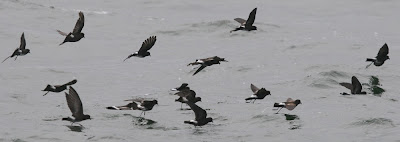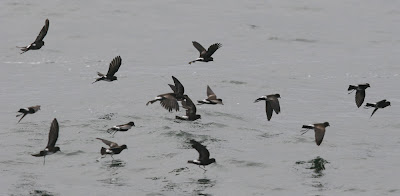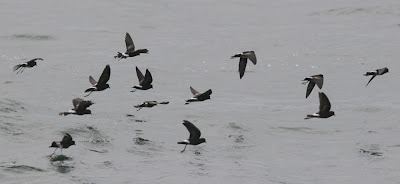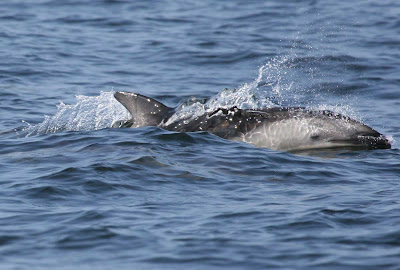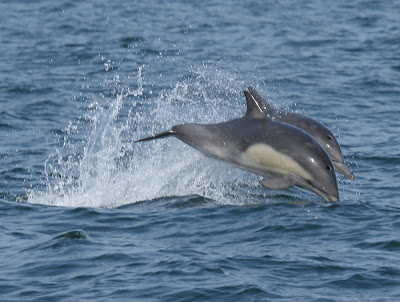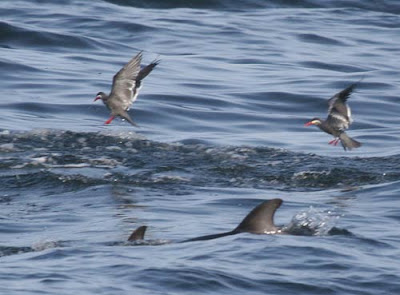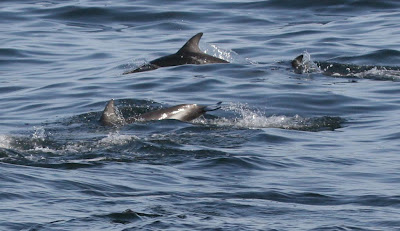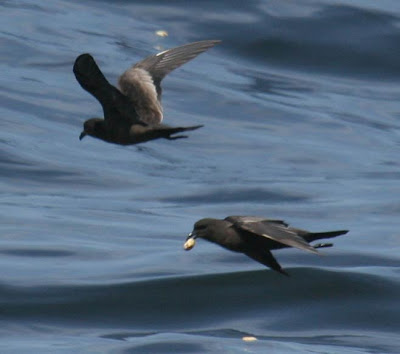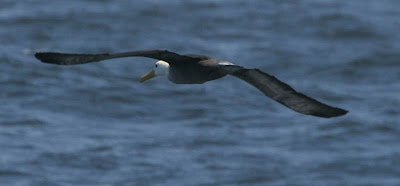Join the 8000 club for a Lima Pelagic
It is not often I find a reason to write a blog post about a pelagic trip, before it actually happens. But on this trip, there is a reason. Some of the participants on this shine more than the birds we will be seeing. There are several participants who have seen more than 8000 species in the world. There are experienced Peru birders. There is a former Vice minister of Tourism. Some renowned bird illustrators and one famous author and photographer. Are you intrigued?
Let me make a small presentation of the birding stars that shine brighter than the birds on this pelagic.
- Hadoram Shirihai. With books such as The Complete Guide to Antarctic Wildlife and Whales, Dolphins, and Other Marine Mammals of the World
Hadoram has earned a place as an authority among seabirders. Additionally, he is now in Peru to do a photographic expedition with Kolibri Expedition in his quest to photograph 7000 species of birds for the book in production with Hans Jörnvall “The photographic guide to the birds of the world”. I interviewed Hadoram in this blogpost regarding the re-discovery of Fiji Petrel.
- David Beadle is a British Bird Illustrator living in Canada for many years and has illustrated work such as Birds of Chile
and Warblers of the Americas
. Currently he is finishing a book on Moths of NE North America and illustrating Birds of Brazil.
- Eustace Barnes another British bird illustrator who made major contribution to Field Guide to the Birds of Peru
and Pigeons and Doves: A Guide to the Pigeons and Doves of the World
will also be onboard
- Barry Walker – owner of Manu Expeditions and the person who has seen most bird species in Peru – close to 1700 species.
- Hugh Buck -Currently number 3 in the world with a world list of 8523 species. My guess is that Hugh is after Markham’s Storm-Petrel or Ringed Storm-Petrel.
- Phil Rostron another Brit in the 8000 club number 4 in the world with 8430 species.
- Pablo Lopez de Romaña – former Vice Minister of Tourism in Peru
And then there are other well known world birders that you may have met in the field or heard about. Brian Beers, Neal Clarke, Pearl Jordan, JOhn Pennhallurik., Mark Eaton, Lieven de Temmerman and many more.
Oh yes, guess who is guiding? ME! (HELLLLLLPPPP!!!!). Not at all intimidating. I will find some corner to creap into and hide!
We have room for yet a few birders if there is someone keen on joining on Oct 2. We shall do an early start at 5 AM to have some additional time at our chumming spot. Next Pelagic is planned on Oct 4 (full) and on November 13 and November 26. Hope to see you.
Last Pelagic
To wet your appetite what we will see below follows the result from the last pelagic on Sep 25. Here are some of the highlights. I did not fill in the names yet. See if you can ID them?
- Hornby’s (Ringed) Storm Petrel. Photo Gunnar Engblom

